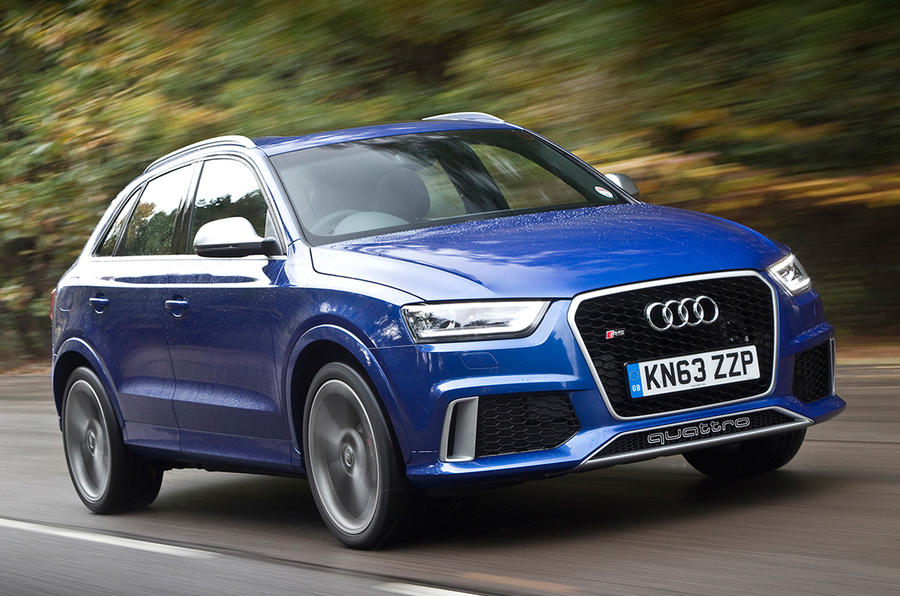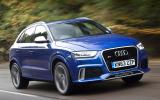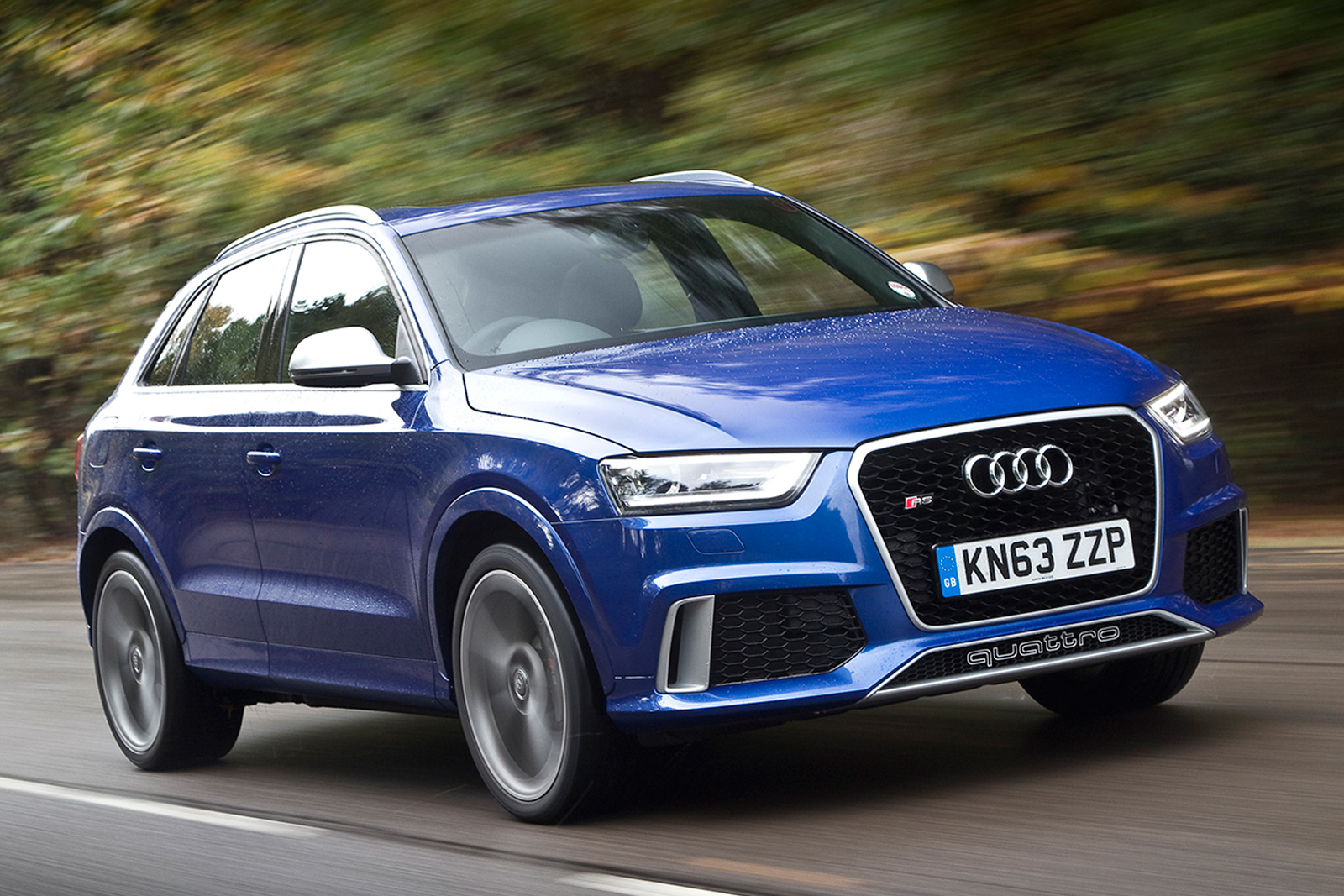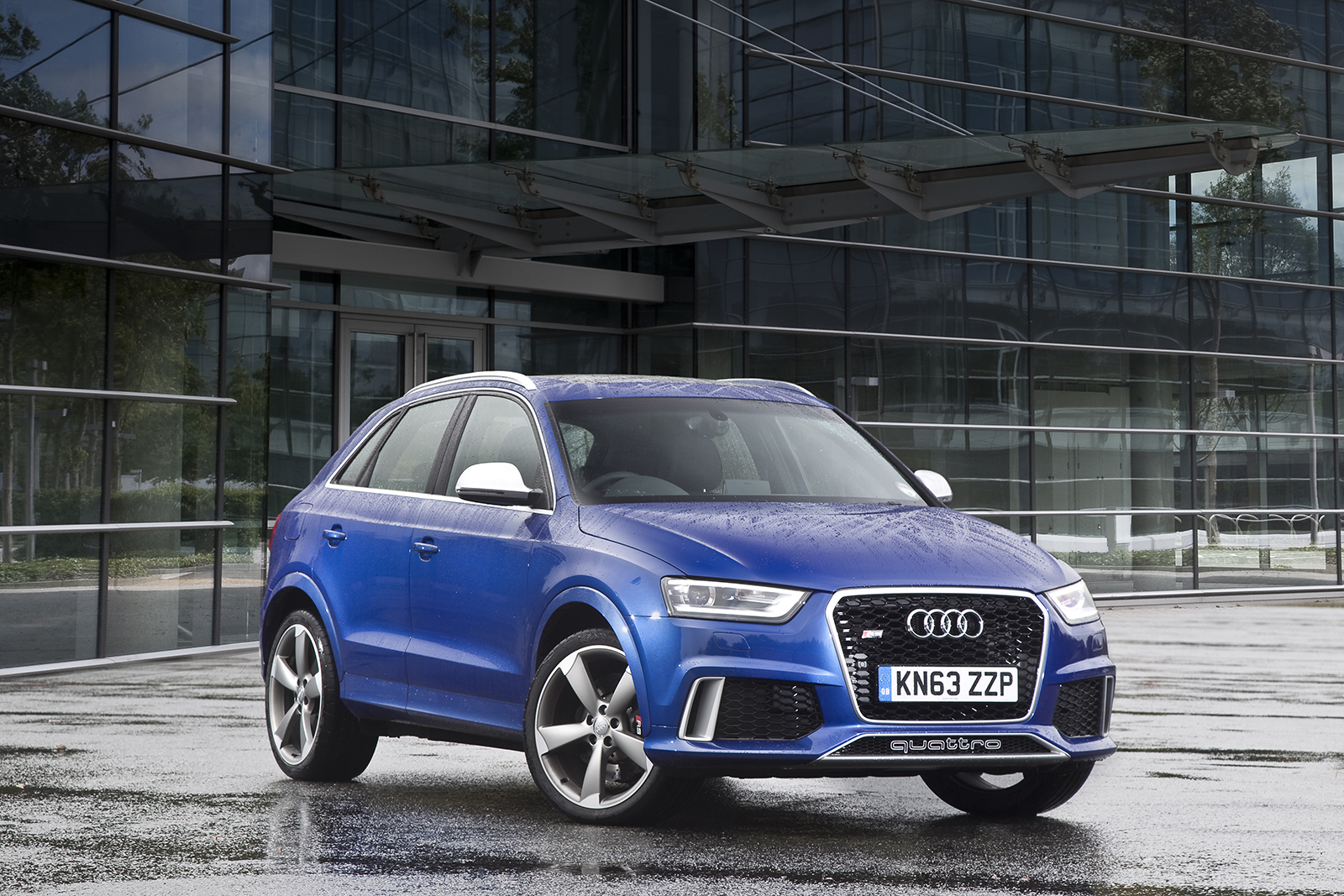Quattro GmbH’s (now Audi Sport) quest to build a nominal range-topper for each and every one of Audi’s product lines continues apace.
With saloons, estates, coupés and cabriolets conquered, the industrious tuner has turned its attention to the Q-branded SUVs.
Rather than meet its rivals head on in the mid and large-size SUV segments, the bigwigs at Neckarsulm – compelled, no doubt, by Audi’s conveyor belt of product introductions and the growth of the market – have launched a compact SUV first in the 335bhp Audi RS Q3, and, remarkably, found itself leading the charge.
With the BMW X1 currently unmolested by M division, and no Range Rover Evoque Sport in the running, there was nothing on the same rapidity scale as the Audi, until Mercedes-Benz rolled around with its Mercedes-Benz A-Class-inspired Mercedes-Benz GLA crossover which was handed over to AMG to create a 375bhp beast.
Aside from the functional concept created to preview the RS Q3, Quattro GmbH has not previously recreated one of Audi’s SUVs in its own image, even though the Audi SQ5 and Audi SQ7 both have some of Audi Sport's expertise.
The propulsive oddity that was the Q7 V12 TDI had been proposed as a suitable candidate for an RS badge, but the idea was apparently dismissed again almost as quickly.
Nevertheless, the division has a legacy of success with thick-set hardware of niche appeal. Its first road car was, after all, not the sinewy R8, but the decidedly boxy RS2.










